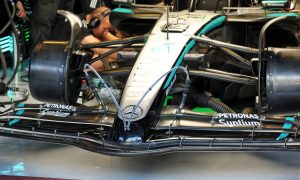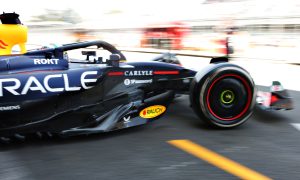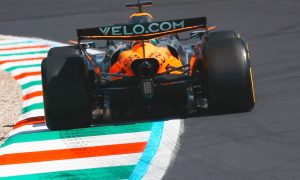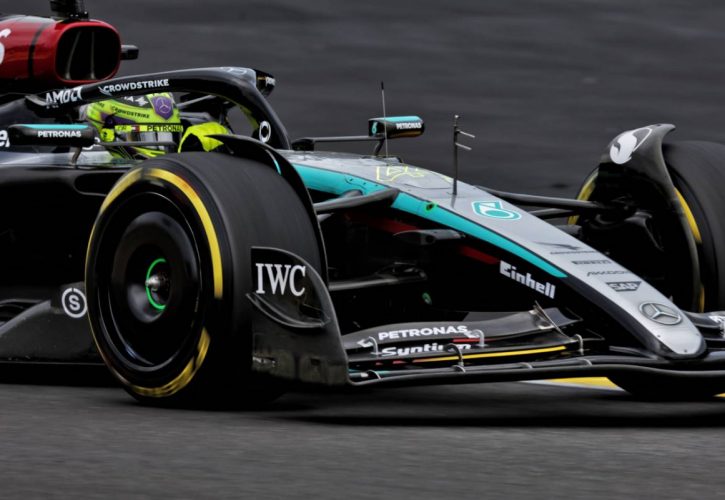
Formula 1’s return to Spa-Francorchamps’ high-speed toboggan has compelled teams to implement circuit-specific upgrades for this weekend’s Belgian Grand Prix.
While low-drag aero elements catering to efficiency are widespread, basic developments parts destined to improve a car’s balance and performance are also listed among the changes.
However, not all teams have tweaked their cars, with Red Bull, Aston Martin and Williams leaving their contenders unchanged.
Mercedes has introduced aerodynamic updates to its car for the Belgian Grand Prix, focusing on enhancing performance through improving downforce. Changes to the diffuser and floor edge aim to increase airflow efficiency and generate more grip, with a trade-off of increased drag.
Additionally, a new beam wing and front wing configuration are designed to reduce aerodynamic resistance. Mercedes has even removed a flap element from the Halo fairing to further streamline the car. These changes aim to optimize the car's performance for Spa-Francorchamps' demanding layout.
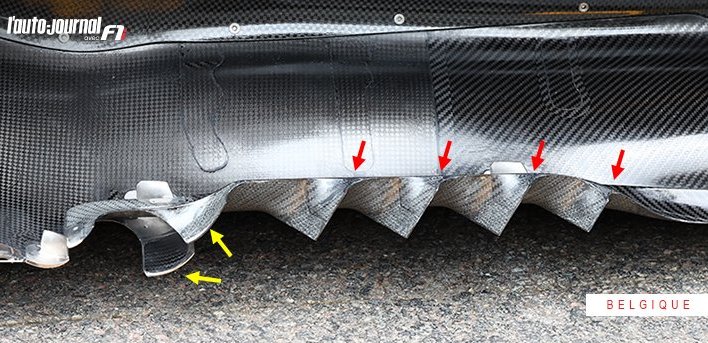
Ferrari has introduced aerodynamic updates focused on drag reduction for the high-speed Spa circuit. The team has implemented a lower downforce front wing configuration to optimize car balance at low downforce levels.
Furthermore, a revised rear wing with reduced downforce profiles aims to enhance the car's overall efficiency on the demanding Belgian track. These changes are designed to improve Ferrari's straight-line speed and overall performance at Spa-Francorchamps.
McLaren is also relying on low-drag aerodynamic package for Spa, focusing on improving straight-line speed. The team has implemented a less loaded rear wing and a corresponding beam wing designed to reduce drag while maintaining optimal downforce levels. To complement these changes, McLaren has also updated the rear brake duct configuration to optimize airflow and further enhance aerodynamic efficiency.
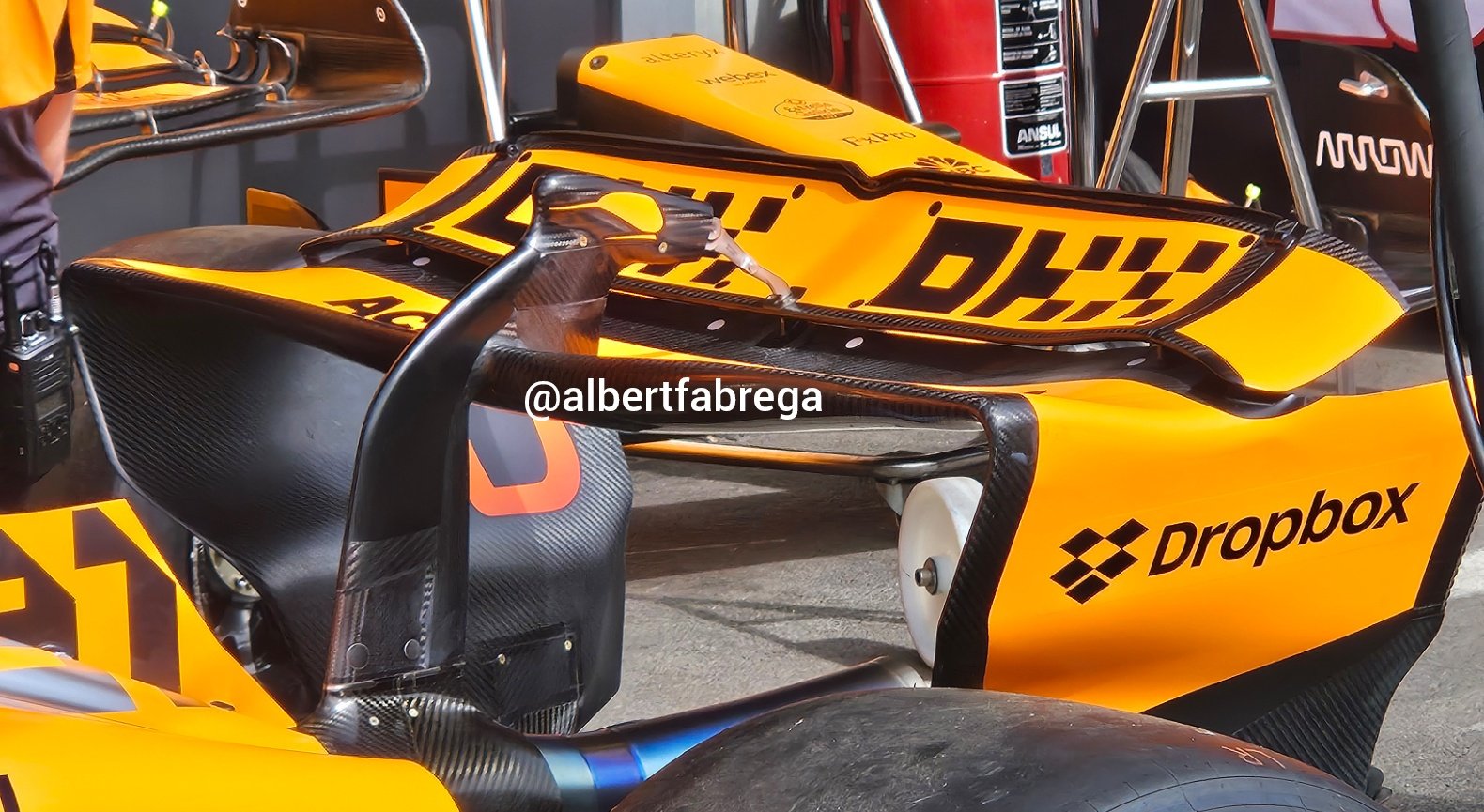
Photo courtesy of @AlbertFabrega.
Alpine’s changes include a revised front wing to enhance aerodynamic balance, while a redesigned engine cover and rear corner aim to optimize cooling management. Additionally, a new beam wing and rear wing configuration are designed to reduce drag and improve overall aerodynamic efficiency.
Finally, Alpine has modified the mirror stay geometry to enhance airflow control around the rear of the car. These updates demonstrate Alpine's commitment to performance optimization and their determination to capitalize on the high-speed characteristics of the Spa-Francorchamps circuit.
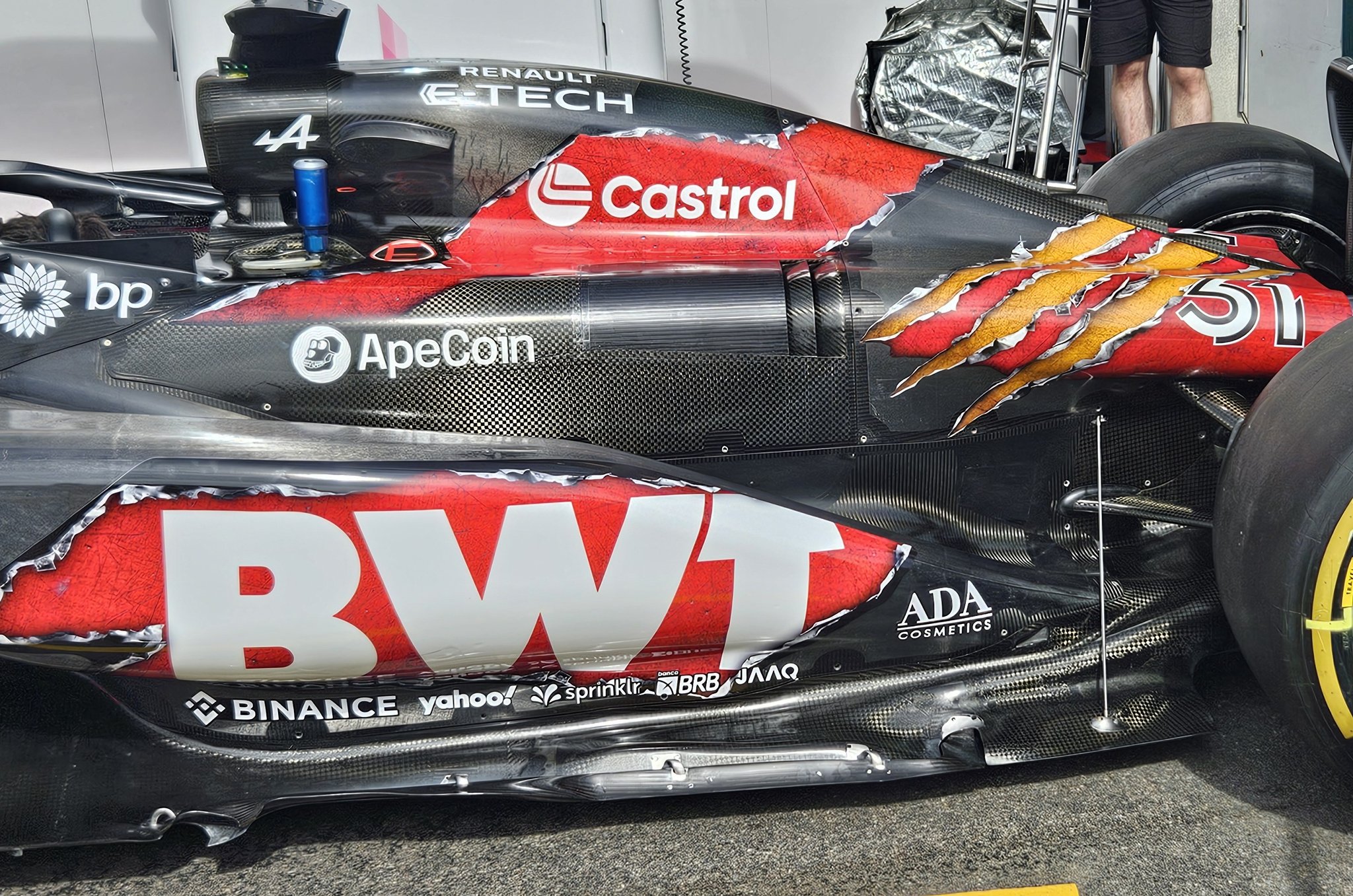
Photo courtesy of @AlbertFabrega.
RB has modified the rear corner winglets to reduce downforce and drag, optimizing the car for low-downforce circuits. Additionally, a new biplane configuration for the beam wing has been implemented to efficiently decrease load and drag while maintaining effective diffuser performance.
The VCARB 01’s rear wing has also been revised with reduced camber, chord, and incidence to achieve a lower drag level, enhancing the car's overall efficiency at high-speed tracks like Spa-Francorchamps.
Sauber’s initiatives to improve efficiency and performance at Spa include a modified mirror geometry to enhance airflow control around the rear of the car. Additionally, reworked floor fences have been implemented to improve flow quality while maintaining downforce levels.
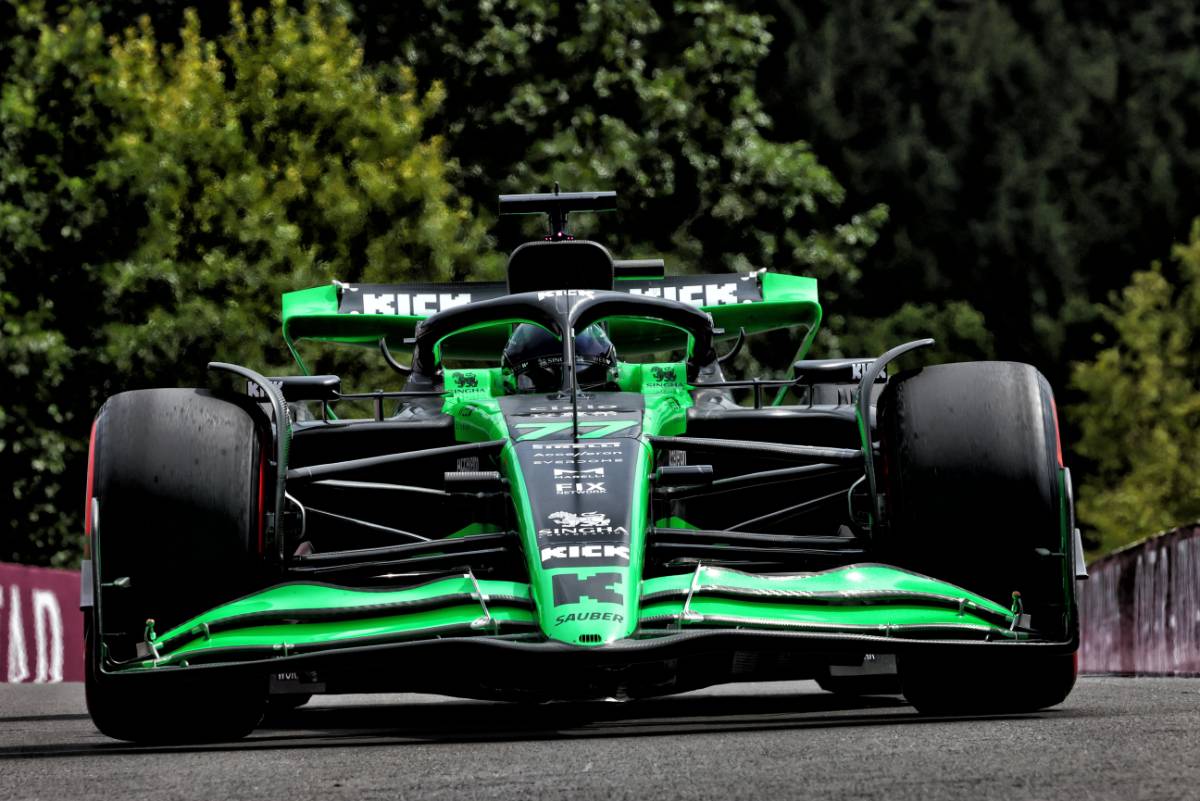
A shorter chord front wing flap has been introduced to balance the low-drag rear wing configuration, while Sauber has redesigned the rear wing upper flap and beam wing to optimize aerodynamic efficiency for the high-speed Spa circuit. These changes aim to improve the car's overall performance and reduce drag, enhancing its competitiveness at the Belgian Grand Prix
Haas has implemented a less cambered rear wing configuration to reduce downforce and drag. Additionally, a lower camber beam wing option has been introduced to further enhance the car's aerodynamic efficiency at high-speed circuits like Spa-Francorchamps.
Keep up to date with all the F1 news via Facebook and Twitter




